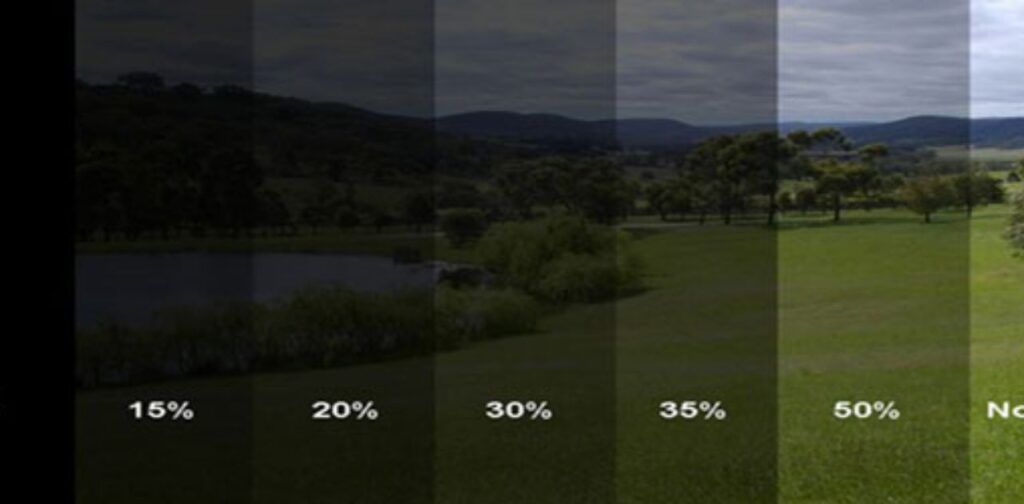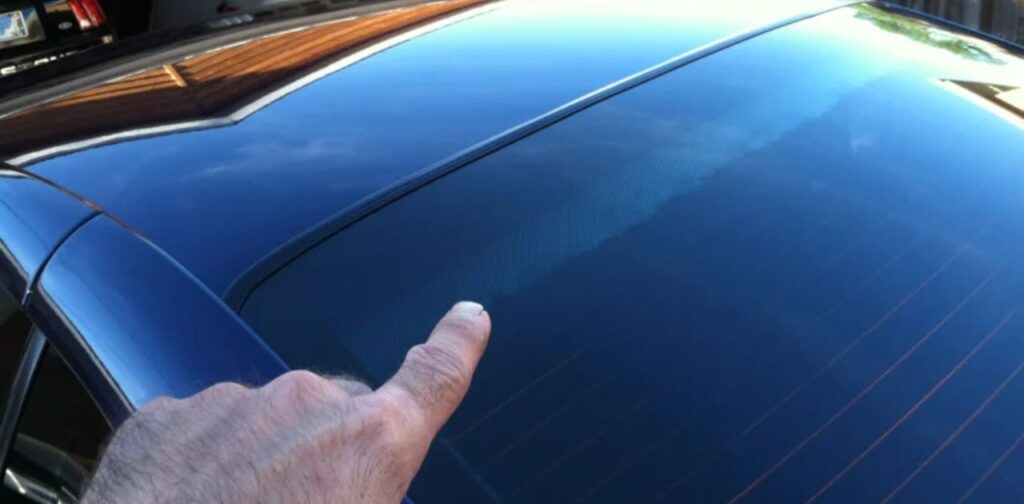Windshield tint is a popular way for drivers across the US to reduce glare, maintain privacy, and protect skin from the sun’s harsh rays. While most states allow some degree of tint, regulations do vary on allowable levels of darkness. 50 windshield tint refers to tint darkness of 50% – meaning it allows 50% of light to pass through.
We’ll cover everything you need to know about 50 windshield tint and beyond in this comprehensive guide, including:
- Windshield tint laws broken down clearly by state
- Different windshield tint levels from lightest to darkest
- Pros and cons of 50 tint for your needs
- Recommended brands and products
- Styles of windshield tint such as strips, dots, and full coverage
- What 50 tint looks like on a variety of vehicle windshields
- Who should consider 50 tint vs. other levels
So whether you’re curious about the tinting options available in your state or want to know what darkness level will work best for different driving conditions and preferences, read on for the full breakdown.
Windshield Tint Laws by State
Windshield tint regulations do vary from state-to-state, with certain allowances on darkness levels. Some states even have unique rules worth noting. Here is a quick reference table, as well as key notes on some state regulations:
| State | Tint Allowance |
| Alabama | No restrictions |
| Alaska | Light transmission must allow over 70% of light |
| Arizona | Any darkness allowed |
| Arkansas | No restrictions on upper 5 inches of windshield |
| California | Darkness not specified but cannot “obstruct or reduce driver’s clear view” |
- Florida prohibits any tint that encroaches more than 4 inches down from the top of the windshield with a strip no more than 5 inches wide allowed at the very top.
- Illinois allows tint only along top 6 inches of windshield.
- In Minnesota, medical waivers can provide exceptions for drivers who need darker tint for medical conditions.
- New York has the strictest regulations with absolutely no tint allowed other than a 3 inch top Visor strip.
For a complete state-by-state breakdown, see Car Windshield Tint Laws by State.
Different Levels of Windshield Tint

Windshield tint varies in allowable light transmission, as measured by Visible Light Transmission percentage (VLT%). The higher the percentage, the lighter the tint; the lower the percentage, the darker the tint. Various tint levels include:
- 80-70% VLT: Very light tint
- 65-60% VLT: Light tint
- 55-50% VLT: Medium tint
- 45-20% VLT: Dark tint
- 15-5% VLT: Very dark tint (may not be legal in most states)
Here is a visual overview of light transmission at varying windshield tint levels:
While darker tints block more light and glare, they do inhibit visibility especially at night or in low light conditions. 50 windshield tint offers a nice balance for many drivers, reducing glare effectively while maintaining clarity of vision.
Recommended Windshield Tint Brands & Products
With so many tint products on the market, how do you choose quality windshield film? Key factors to look for include:
- Metalized dye construction
- Consistent adhesive without bubbles or streaks
- Warranty protecting against peeling, cracking, purple hazing
- Ease of installation
Some top-rated windshield tint brands include:
| Brand | Key Features | Price Range |
| 3M | Industry leader; ceramics increase heat rejection | $$$ |
| Llumar | Backed by Eastman; precision-cut films | $$ |
| SunTek CIR | Uses carbon inner layer for radio clarity | $-$$ |
| Huper Optik | Good warranty; multifilm layer technology | $$ |
One popular medium tint DIY option is the Llumar CTX 50 Windshield Tint Film. This uses Llumar’s proprietary gradient shading to improve visibility and protect interior materials. Precision cutting gives clean installation.
Windshield Tint Options: Strips, Dot Matrix, Full Tint

Windshield tint comes primarily in three formats:
Strips
- Thin lines of dark tint applied along top of windshield
- Typically only allowed in states restricting overall coverage
- Provides glare reduction without visibility impediment
Dot Matrix
- Light dots in gradient pattern from top to bottom
- Allows good visibility while also blocking some light/glare
- Creates unique stylistic look
Full Tint
- Entire windshield covered in uniform tint film
- Must comply with laws on allowable VLT % for state
- Provides most extensive sun protection and privacy
States that prohibit full windshield coverage or darker tints will limit drivers to strip or dot matrix options only.
What Does 50 Windshield Tint Look Like?
Since 50 windshield tint is considered a medium darkness level, allowing 50% of light into the vehicle, it offers moderate privacy and glare reduction while not overly blocking vision.
Here are some examples of how 50 tint looks on vehicle windshields:
Toyota RAV4 featuring full 50 windshield tint
As you can see, the tint is dark enough to block bright sun and reflections effectively, while still maintaining reasonable visibility of the road and surroundings, especially during daylight hours.
Should You Get 50 Windshield Tint?
Determining if 50 windshield tint is right for you depends on a variety of factors:
Pros
- 50 tint blocks over half of incoming light and glare
- Darker than legal limits in most states
- Helps control cabin temperature and UV exposure
- Still allows for good outward visibility
Cons
- Slight reduction in low light and night driving visibility
- More expensive than lighter tint levels
- May be too dark for some local regulations
Drivers wanting substantial glare reduction without worrying about restricted vision should consider 50 tint. It also appeals to those wanting a darker look without necessarily going to illegal extremes.
Compare against your own needs and conditions. Do you drive mostly daylight hours along bright, sunny highways where controlling glare is the priority? Or frequently at night where visibility is more critical? These factors help determine ideal darkness levels.
Conclusion
Adding 50 windshield tint helps limit glare and sun exposure while maintaining reasonable outward clarity, striking an effective balance for many drivers. Laws do regulate allowable coverage and darkness significantly from state to state. Brands like Llumar offer quality medium tint films that protect vehicle interiors while reducing visual impediments.
Be sure to evaluate local regulations and driving needs when finding the right windshield tint for you. Done properly and legally, tint can be of great benefit behind the wheel.
Also Read More : Guide to different tint shades